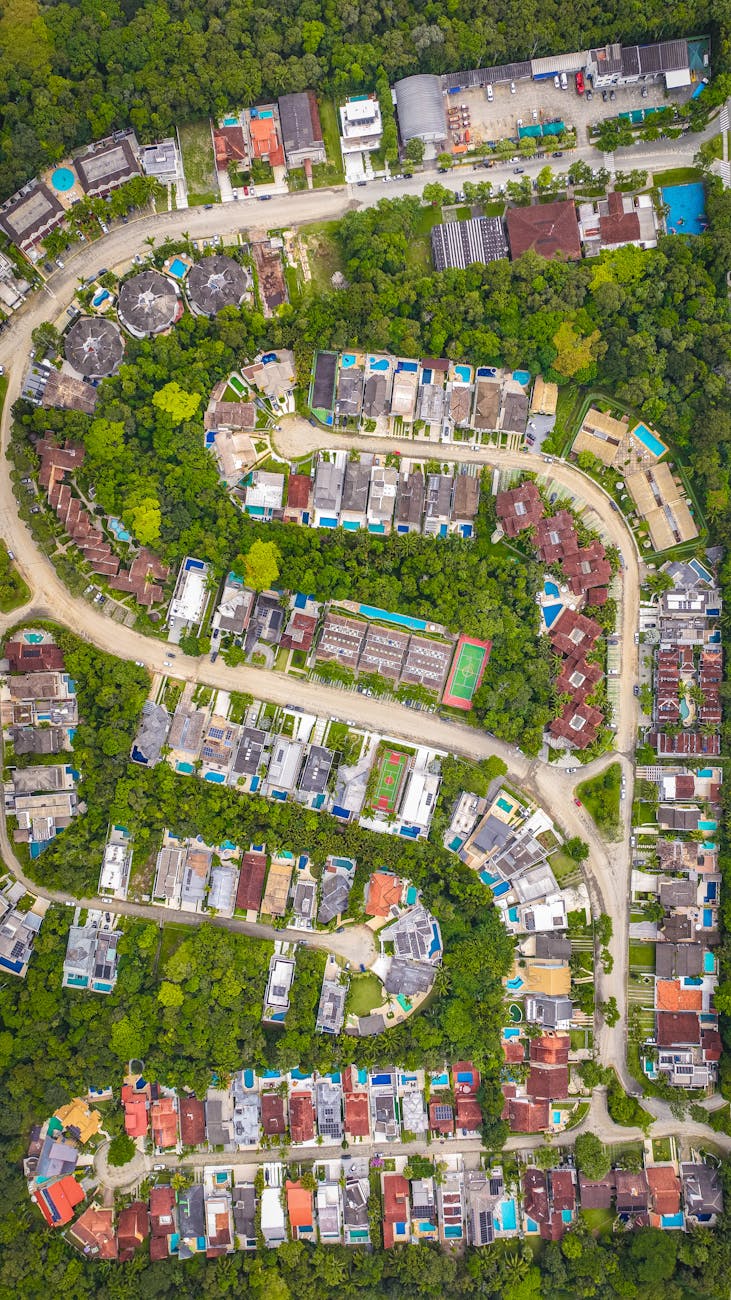Exploring Affordable Housing Development Opportunities in Your Region
Exploring affordable housing development opportunities in your region
Affordable housing continues to be a pressing issue in many communities, impacting economic stability and overall quality of life. With rising housing costs and limited availability, exploring development opportunities for affordable housing is critical. This article delves into practical strategies and considerations for identifying and nurturing affordable housing projects in your region. From understanding local housing needs to identifying funding mechanisms and navigating regulatory frameworks, we will guide you through the essential aspects of affordable housing development. Whether you’re a policy maker, developer, or community advocate, this discussion will equip you with insights to address housing challenges effectively and create sustainable, accessible homes for diverse populations.
Assessing local housing needs and resources
An effective affordable housing development strategy begins with a thorough assessment of the region’s housing demands and available resources. This involves collecting data on population growth, income distribution, housing market trends, and vacancy rates. Understanding the gap between existing housing supply and demand helps prioritize projects based on urgency and community needs. Additionally, assessing land availability, infrastructure, and potential sites suitable for development is essential.
The following table illustrates a sample assessment of a mid-sized region’s housing indicators:
| Indicator | Value | Implication |
|---|---|---|
| Median household income | $45,000 | Limits affordability for higher-cost housing options |
| Average rent (2-bedroom) | $1,200/month | Significantly exceeds affordable rent at 30% income |
| Vacancy rate | 4% | Moderate demand but tight supply in affordable units |
| Available developable land (%) | 12% | Potential for new affordable housing projects |
By combining demographic and economic data, stakeholders gain a clear picture of gaps and opportunities, enabling targeted interventions to meet local demand effectively.
Financing mechanisms and incentives
Securing adequate financing is often the biggest hurdle in affordable housing development. Multiple public and private funding sources are available, each with distinct eligibility requirements and benefits. Key financing options include:
- Low-Income Housing Tax Credits (LIHTC): This federal program offers tax credits to developers who build or rehabilitate affordable units.
- Grants and subsidies from local governments: These can help reduce upfront costs or provide ongoing operational support.
- Public-private partnerships: Combining government resources with private investment can leverage greater funding and expertise.
- Community development financial institutions (CDFIs): These specialized lenders focus on supporting affordable housing through flexible loans.
Local incentives such as density bonuses, reduced permit fees, or expedited approvals can also lower development costs and encourage builders to include affordable units within broader projects.
Navigating regulatory and zoning challenges
Regulatory frameworks and zoning laws greatly influence the feasibility of affordable housing projects. In many regions, restrictive zoning limits housing density or prohibits certain building types, driving up costs and delaying timelines. Engaging with local planners and policymakers to identify areas for reform is crucial.
Strategies to address these barriers include:
- Implementing inclusionary zoning policies that require affordable units in new developments.
- Allowing accessory dwelling units (ADUs) to increase supply within existing neighborhoods.
- Providing variances or conditional use permits to accommodate affordable housing designs.
- Streamlining approval processes to minimize bureaucratic delays.
Successful projects often depend on a collaborative approach involving developers, government agencies, and community members to align interests and foster supportive regulatory environments.
Design and construction best practices for sustainability and affordability
Beyond financing and regulations, the design and construction phase plays a pivotal role in ensuring long-term affordability. Opting for cost-effective, durable materials and energy-efficient technologies helps reduce maintenance and utility expenses, benefiting both owners and residents.
Key considerations include:
- Modular or prefabricated construction: Accelerates timelines and lowers labor costs.
- Energy-efficient appliances and insulation: Reduce utility bills and environmental impact.
- Flexible unit layouts: Enable adaptability for households of different sizes and needs.
- Community spaces and amenities: Enhance livability and social cohesion.
Integrating sustainable design principles not only curbs operational costs but also aligns with broader environmental goals, promoting healthier living environments.
Conclusion
Affordable housing development opportunities require a holistic approach grounded in understanding local needs, securing diverse funding sources, navigating regulatory landscapes, and applying smart design principles. Data-driven assessments ensure that projects target areas of greatest demand and capitalize on regional resources effectively. Equally important, tapping into available financing programs and leveraging incentives can bridge financial gaps. Addressing zoning and permitting obstacles through constructive partnerships unlocks new possibilities for higher-density and innovative housing solutions. Finally, sustainable construction methods maintain affordability over the long term while contributing to community well-being. By embracing these interconnected strategies, stakeholders in any region can make substantial progress toward expanding access to affordable, quality homes that support inclusive and thriving communities.
Image by: Sérgio Souza
https://www.pexels.com/@serjosoza
editor's pick
latest video
news via inbox
Nulla turp dis cursus. Integer liberos euismod pretium faucibua

